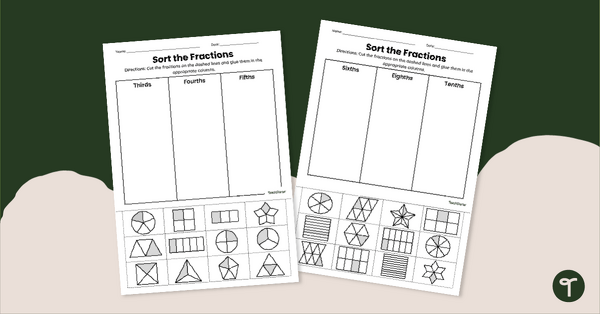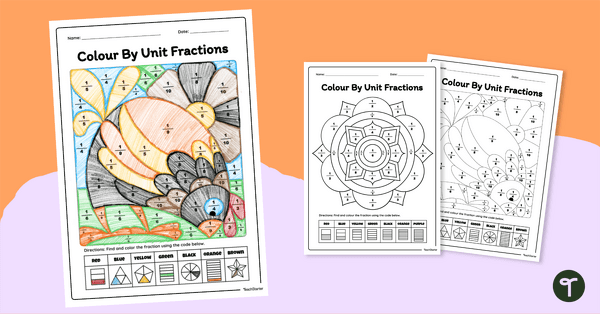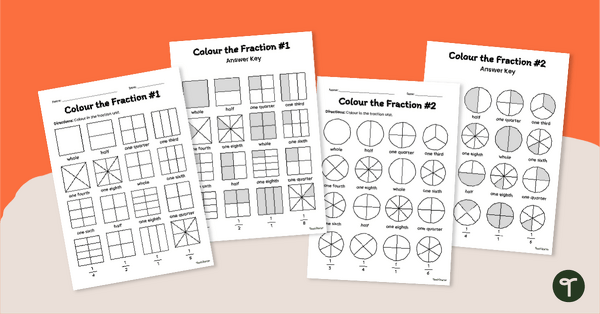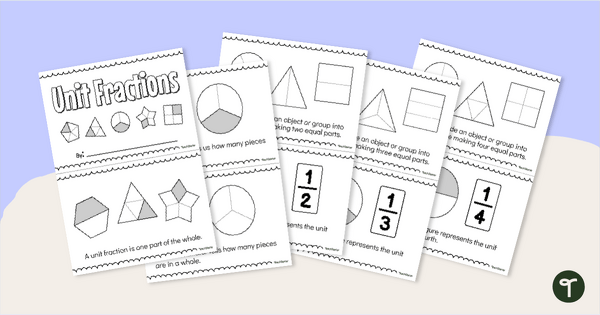Reinforce how to relate equal group models and multiplication with this printable worksheet pack.
What Are Equal Groups in Multiplication?
Equal groups in multiplication are sets or collections where each group contains the same number of items. It’s like having identical bunches or clusters that hold an equal number of things.
For example, if we have 4 groups of 5, each group will have the same number of items, in this case, 5 items in each of the 4 groups. This forms a total of 20 items altogether.
Teaching equal groups is crucial in understanding multiplication. It lays the foundation for multiplication concepts by showing how the same number can be combined or counted multiple times to find a total.
Equal Groups Multiplication Worksheets
Teach Starter has created a collection of multiplication worksheets that focus on the strategy of using equal groups. This teacher-created worksheet pack comes with 6 different worksheets to help your students gain confidence in their multiplication skills. Each worksheet is numbered in the upper-right-hand corner so that you can assign different versions based on student ability.
- Worksheet 1: Equal groups cut and paste worksheet (Factors 1–5)
- Worksheet 2: Equal groups cut and paste worksheet (Factors 1–10)
- Worksheet 3: Write the multiplication facts based on a given model (Factors 1–5)
- Worksheet 4: Write the multiplication facts based on a given model (Factors 1–10)
- Worksheet 5: Draw the equal groups and solve the problem based on a given fact (Factors 1–5)
- Worksheet 6: Draw the equal groups and solve the problem based on a given fact (Factors 1–10)
Each page also has an answer key to make grading quick and easy!
How to Get Your Multiplication (Equal Groups) Worksheets
If you are ready to add these worksheets to your collection of multiplication resources, head on over to the green download button! Here, you will find the quick-print PDF file and the editable Google Slides document. If selecting the Google Slides option, please note that you will first be prompted to make a copy of the resource to your personal drive before accessing it.
This resource was created by Cassandra Friesen, a Teach Starter Collaborator.
Looking for More Multiplication Resources?
Don’t stop there! We’ve got more activities to shorten your lesson planning time:
[resource:4479339] [resource:5037748] [resource:4473225]












0 Comments
Write a review to help other teachers and parents like yourself. If you'd like to request a change to this resource, or report an error, select the corresponding tab above.